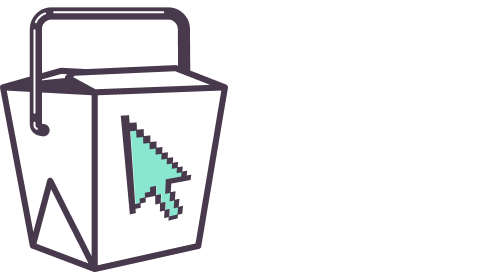quick pop quiz: what do Taco Bell, Liquid Death, and Dancing with the Stars all have in common?
if you answered, “they all pair well with tequila,” you are correct.
if you answered, “they are all major thought leaders actively changing the way we create and consume influencer content,” you are also correct. (I’m an easy grader)
here’s the rub: influencer marketing (and frankly anything living online) is almost moving faster than we as marketers can keep up. it can sometimes feel like if you aren’t ahead, you’re behind… which candidly (and unfortunately) is true. it can feel frustrating.
allow me to take us back in time to 2017 BCE (Before Creator Economy): when influencer marketing first came to be, brands seemingly had the upper hand in terms of content specifications and negotiations. influencers (or, as we called them then, “people with big Instagram followings”) were reaching out to brands ISO partnerships. in return, brands would identify those large voices online, send product, and provide key talking points and scripts.
I’ll pause here to give a heads up: if this is still your influencer marketing strategy, you are behind. repeat after me: prescriptive marketing is dead. don’t bring it back.
okay, back to our lesson:
fast forward to today. influencers have become content creators. authenticity has become king (or queen, or monarch of unspecified gender). that list of key talking points? history.
in 2025, we are taking the influencer marketing standards from 2017 BCE and turning them on their head. if you want to be ahead of the game in influencer marketing in 2025, here is your cheat code: stop giving talking points and start listening instead. influencers are no longer taking direction; they’re driving the creative process. the brands winning the game are the ones brave enough to hand over the reins.
still with me? great.
at this point, you might be wondering… okay? so what does this have to do with Anna Delvey doing the cha-cha on live TV, canned water, and a Crunchwrap Supreme?
glad you asked.
back to our original question: what do Dancing with the Stars, Taco Bell and Liquid Death have in common?
put simply, they get it.
put less simply, they are all leading the charge when it comes to innovative ways of letting the influencer dictate creative.
you want receipts? I got ‘em.
Dancing with the Stars season 33: when DWTS ratings dipped, the show ditched scripts and gave contestants permission to do their own thing on social media. the result? social media users became DWTS watchers. users got invested in more than just the Tuesday-night performances; they got hooked on the BTS TikTok content, training sessions, and partner dynamics. social media went wild, and ratings skyrocketed—47% overall and a whopping 79% in the 18-49 demo. check and mate.
Liquid Death, a brand well known for rewriting the influencer marketing playbook, is making a name for itself through its wacky partnerships and viral content. like DWTS, Liquid Death’s approach to influencer marketing is similarly collaborative- just add water comedy.
think: instead of sending product or asking influencers to mention the brand, LD goes full SNL and pitches hilarious creative concepts to influencers that riffs on their existing content. their goal is to find hilarious, entertaining ways to incorporate Liquid Death into the content the influencer is already creating in a way that only Liquid Death can.
Taco Bell took the same collaborative concept one step further and capitalized on the rising trend of creators producing high-quality product ads from their living rooms. this November they released a commercial that was fully scripted, produced and filmed by influencer Ash Xu in her home. the message is clear: creators are walking, talking ad agencies with the tools to create professional-grade content faster and cheaper than traditional production studios. there will be a movement of influencers taking some big projects from creative agencies, and Taco Bell is leading the charge.
and it’s not just these three brands rewriting the rules. companies like Chobani, Wayfair, and DICK’s Sporting Goods are also shifting their focus, treating influencers as creative powerhouses rather than just amplifiers. Chobani even reallocates production budgets to work with creators, while DSG relies on “trust partners”—creators who consistently deliver high-quality content on tight timelines.
phew. a lot of innovation to unpack in one day, huh?
let’s zoom back out. even the most innovative brands are simply drawing on the strategy your Marketing 101 professor already told you 100 times over: storytelling always wins… but in 2025, it’s who you are letting tell your story that matters.
bottom line? the brands rewriting the rules of influencer marketing are the ones brave enough to let influencers lead. oh, and Taco Bell and tequila really do pair well together.
P.S. you know what else pairs well together? Liquid Death x the platform 2025.
did I mention Liquid Death will be talking about their approach to treating creators like talent, making entertainment (not marketing), setting out to make the funniest content you see on the internet, and more at the platform 2025 this year? they also may or may not be pitching live to a few unsuspecting creators in the audience 👀 yeah… Might not want to miss that one. see you there 😉


